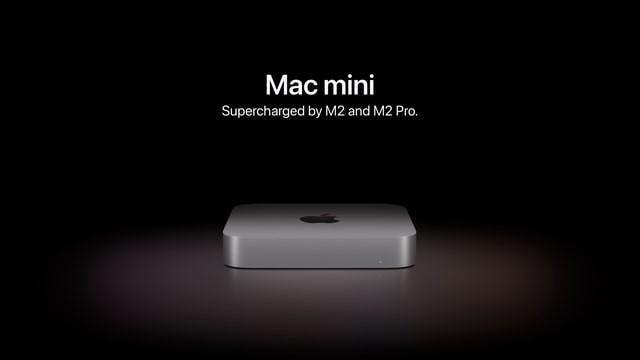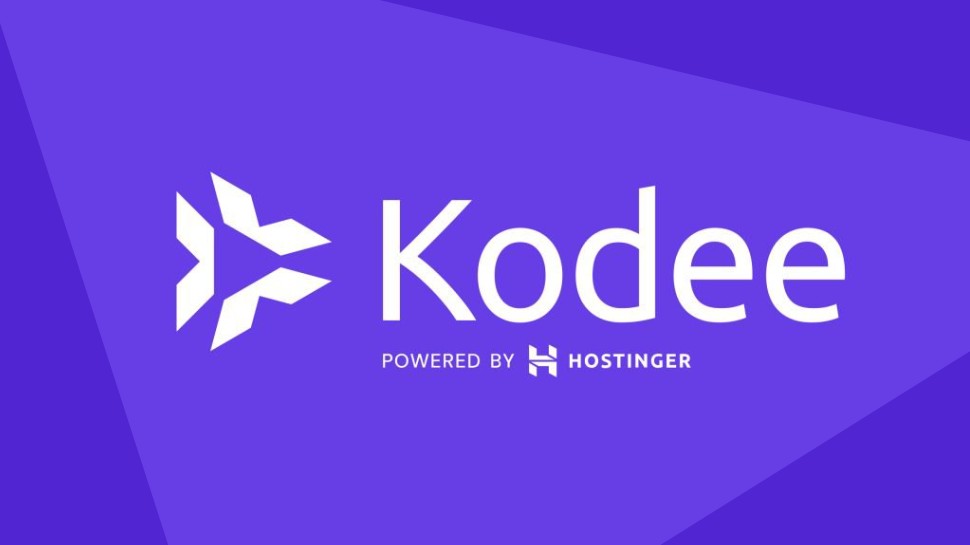Deploying a Java App to AWS with Multiple CI/CD Tools
DevOps Playground Project: Deploying a Java App to AWS with Multiple CI/CD Tools (Part 1 – Overview & Setup) Welcome to Part 1 of our DevOps Playground series! In this multi-part documentation, we’ll walk through deploying a real-world Java (Maven) Doctor Appointment Scheduler App to the cloud using various DevOps tools, CI/CD strategies, and cloud services. This project is a collaborative volunteer effort, and we're intentionally exploring multiple DevOps stacks Jenkins, GitHub Actions, GitLab CI, and more, so that our contributors gain experience with a wide range of tools used across different teams in the real world. Project Goal To build, test, secure, monitor, and deploy a Java-based application into AWS Cloud using modern DevOps practices. Volunteers will work in teams or independently using different CI/CD tools to complete similar deployment goals. Key Goals: Learn and apply real-world DevOps tools and workflows Practice AWS deployment and cloud-native architecture Implement security, monitoring, automation, notifications, and CI/CD pipelines Work collaboratively across cross-functional DevOps roles We’ll follow a complete DevOps lifecycle: Source control & collaboration (Git/GitHub) CI/CD pipelines (Jenkins, GitHub Actions, GitLab CI) Security scanning (Dependency-Check, SBOM, Dependency-Track) Code quality (SonarQube) Artifact management (Nexus) Infrastructure as Code (Terraform) Monitoring (Prometheus + Grafana) Notifications (AWS SES, SNS) Tech Stack & Tools Overview Area Tools App Type Java (Maven) Web Application Version Control Git, GitHub CI/CD Tools Jenkins, GitHub Actions, GitLab CI Build & Package Maven, Docker Artifact Repository Nexus Code Quality SonarQube Security & SBOM OWASP Dependency-Check,CycloneDX, Dependency-Track Cloud Provider AWS (EC2, S3, IAM, SES, SNS ETC) Monitoring & Alerting Prometheus, Grafana, AWS SNS IaC Terraform Project Repository GitHub Repo: Doctor Appointment Scheduler Fork the repo, clone locally, and explore the structure. This app is Maven-based and serves as the base of our deployment pipeline. Project Structure This project is split into multiple DevOps sub-teams to allow focused collaboration. Each team is tasked with solving the same DevOps challenges using different tools. Team Role CI/CD Engineers Create pipelines (Jenkins / GitHub Actions / GitLab CI) Build & Artifacts Maven build, Nexus upload Security & Quality Run OWASP scans, SonarQube, Dependency Track Infra & Cloud Use Terraform &/or Ansible to deploy EC2 and configure AWS resources Monitoring & Notifications Prometheus + Grafana setup, alerts via SNS & SES Project Phases Phase 1 – Setup & Planning Fork & clone the repo, understand codebase Understand application structure and dependencies Phase 2 – Infrastructure Setup Provision pipelines (Jenkins / GitHub Actions / GitLab CI) Build Maven app, run tests, check quality (SonarQube), scan deps Phase 3 – CI/CD Pipelines & Cloud Integration Build app with Maven Run unit tests Code analysis Package JAR Scan for vulnerabilities Store artifacts Tag releases and maintain release history Phase 4 – Application Deployment Deploy to AWS Send deployment notifications via email or Slack Phase 5 Monitoring & Observability Set up application and infra-level metrics Configure alerts Phase 5 – Security & Reporting Run OWASP scans, create SBOM Upload to Dependency-Track Capture security + code quality reports Schedule scans and produce vulnerability reports Ensure pipeline breaks on critical vulnerabilities Next up: Part 2A – Designing the End-to-End DevOps Architecture (coming soon) We’ll compare approaches, issues, and what makes each tool unique. Join Us Visit DevOps Playground Website Follow us on LinkedIn Final Note This is more than a tutorial—it's a live DevOps project with real people, real challenges, and real learning.

DevOps Playground Project: Deploying a Java App to AWS with Multiple CI/CD Tools (Part 1 – Overview & Setup)
Welcome to Part 1 of our DevOps Playground series!
In this multi-part documentation, we’ll walk through deploying a real-world Java (Maven) Doctor Appointment Scheduler App to the cloud using various DevOps tools, CI/CD strategies, and cloud services.
This project is a collaborative volunteer effort, and we're intentionally exploring multiple DevOps stacks Jenkins, GitHub Actions, GitLab CI, and more, so that our contributors gain experience with a wide range of tools used across different teams in the real world.
Project Goal
To build, test, secure, monitor, and deploy a Java-based application into AWS Cloud using modern DevOps practices. Volunteers will work in teams or independently using different CI/CD tools to complete similar deployment goals.
Key Goals:
- Learn and apply real-world DevOps tools and workflows
- Practice AWS deployment and cloud-native architecture
- Implement security, monitoring, automation, notifications, and CI/CD pipelines
- Work collaboratively across cross-functional DevOps roles
We’ll follow a complete DevOps lifecycle:
- Source control & collaboration (Git/GitHub)
- CI/CD pipelines (Jenkins, GitHub Actions, GitLab CI)
- Security scanning (Dependency-Check, SBOM, Dependency-Track)
- Code quality (SonarQube)
- Artifact management (Nexus)
- Infrastructure as Code (Terraform)
- Monitoring (Prometheus + Grafana)
- Notifications (AWS SES, SNS)
Tech Stack & Tools Overview
| Area | Tools |
|---|---|
| App Type | Java (Maven) Web Application |
| Version Control | Git, GitHub |
| CI/CD Tools | Jenkins, GitHub Actions, GitLab CI |
| Build & Package | Maven, Docker |
| Artifact Repository | Nexus |
| Code Quality | SonarQube |
| Security & SBOM | OWASP Dependency-Check,CycloneDX, Dependency-Track |
| Cloud Provider | AWS (EC2, S3, IAM, SES, SNS ETC) |
| Monitoring & Alerting | Prometheus, Grafana, AWS SNS |
| IaC | Terraform |
Project Repository
GitHub Repo: Doctor Appointment Scheduler
Fork the repo, clone locally, and explore the structure. This app is Maven-based and serves as the base of our deployment pipeline.
Project Structure
This project is split into multiple DevOps sub-teams to allow focused collaboration. Each team is tasked with solving the same DevOps challenges using different tools.
| Team | Role |
|---|---|
| CI/CD Engineers | Create pipelines (Jenkins / GitHub Actions / GitLab CI) |
| Build & Artifacts | Maven build, Nexus upload |
| Security & Quality | Run OWASP scans, SonarQube, Dependency Track |
| Infra & Cloud | Use Terraform &/or Ansible to deploy EC2 and configure AWS resources |
| Monitoring & Notifications | Prometheus + Grafana setup, alerts via SNS & SES |
Project Phases
Phase 1 – Setup & Planning
- Fork & clone the repo, understand codebase
- Understand application structure and dependencies
Phase 2 – Infrastructure Setup
- Provision pipelines (Jenkins / GitHub Actions / GitLab CI)
- Build Maven app, run tests, check quality (SonarQube), scan deps
Phase 3 – CI/CD Pipelines & Cloud Integration
- Build app with Maven
- Run unit tests
- Code analysis
- Package JAR
- Scan for vulnerabilities
- Store artifacts
- Tag releases and maintain release history
Phase 4 – Application Deployment
- Deploy to AWS
- Send deployment notifications via email or Slack
Phase 5 Monitoring & Observability
- Set up application and infra-level metrics
- Configure alerts
Phase 5 – Security & Reporting
- Run OWASP scans, create SBOM
- Upload to Dependency-Track
- Capture security + code quality reports
- Schedule scans and produce vulnerability reports
- Ensure pipeline breaks on critical vulnerabilities
Next up: Part 2A – Designing the End-to-End DevOps Architecture (coming soon)
We’ll compare approaches, issues, and what makes each tool unique.
Join Us
Final Note
This is more than a tutorial—it's a live DevOps project with real people, real challenges, and real learning.



















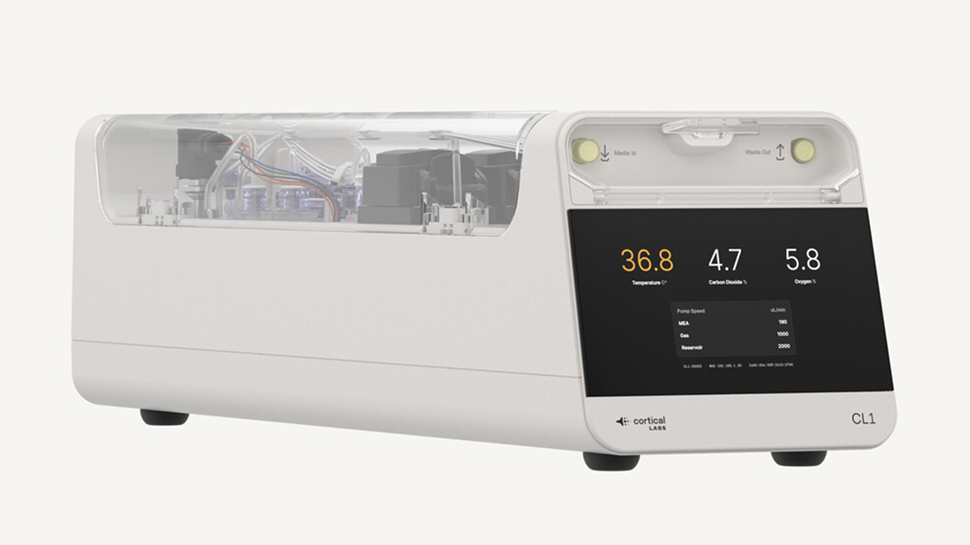





















































































































































![[The AI Show Episode 152]: ChatGPT Connectors, AI-Human Relationships, New AI Job Data, OpenAI Court-Ordered to Keep ChatGPT Logs & WPP’s Large Marketing Model](https://www.marketingaiinstitute.com/hubfs/ep%20152%20cover.png)









































































































![Designing a Robust Modular Hardware-Oriented Application in C++ [closed]](https://i.sstatic.net/f2sQd76t.webp)














![[DEALS] Internxt Cloud Storage Lifetime Subscription: 10TB Plan (87% off) & Other Deals Up To 98% Off – Offers End Soon!](https://www.javacodegeeks.com/wp-content/uploads/2012/12/jcg-logo.jpg)





















































.jpg?width=1920&height=1920&fit=bounds&quality=70&format=jpg&auto=webp#)




















































































_Andreas_Prott_Alamy.jpg?width=1280&auto=webp&quality=80&disable=upscale#)

_designer491_Alamy.jpg?width=1280&auto=webp&quality=80&disable=upscale#)

















































































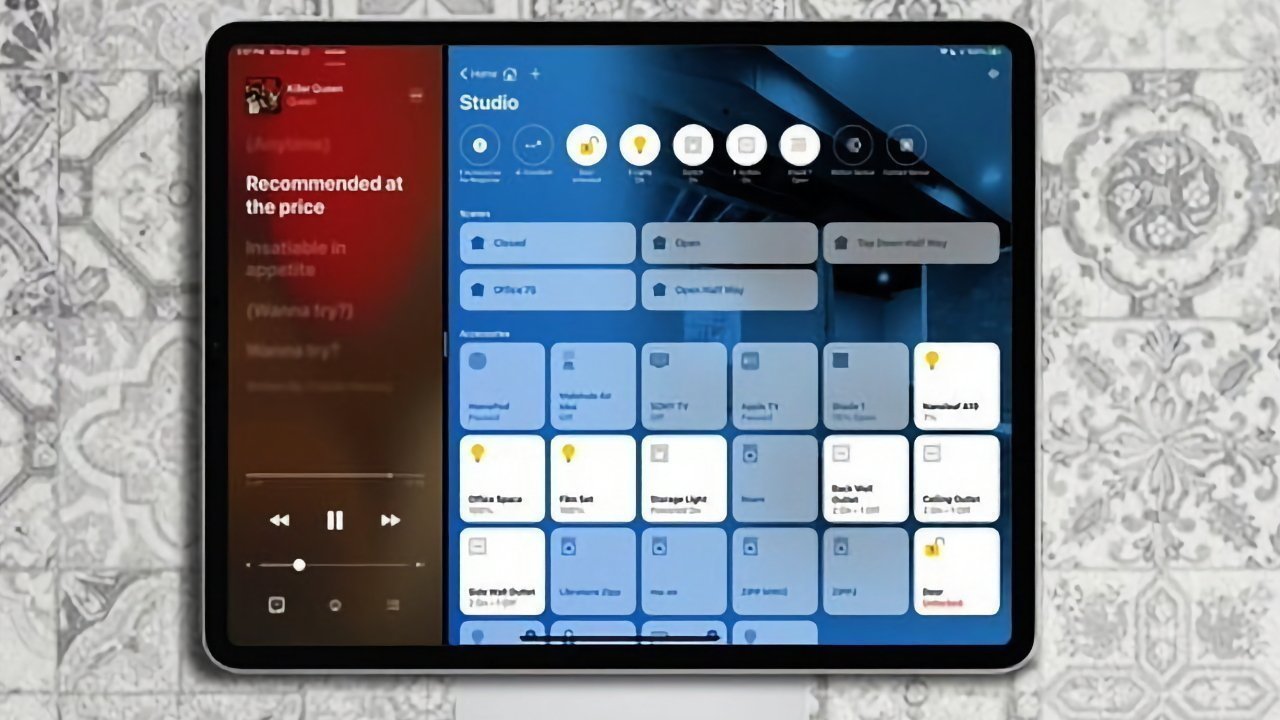
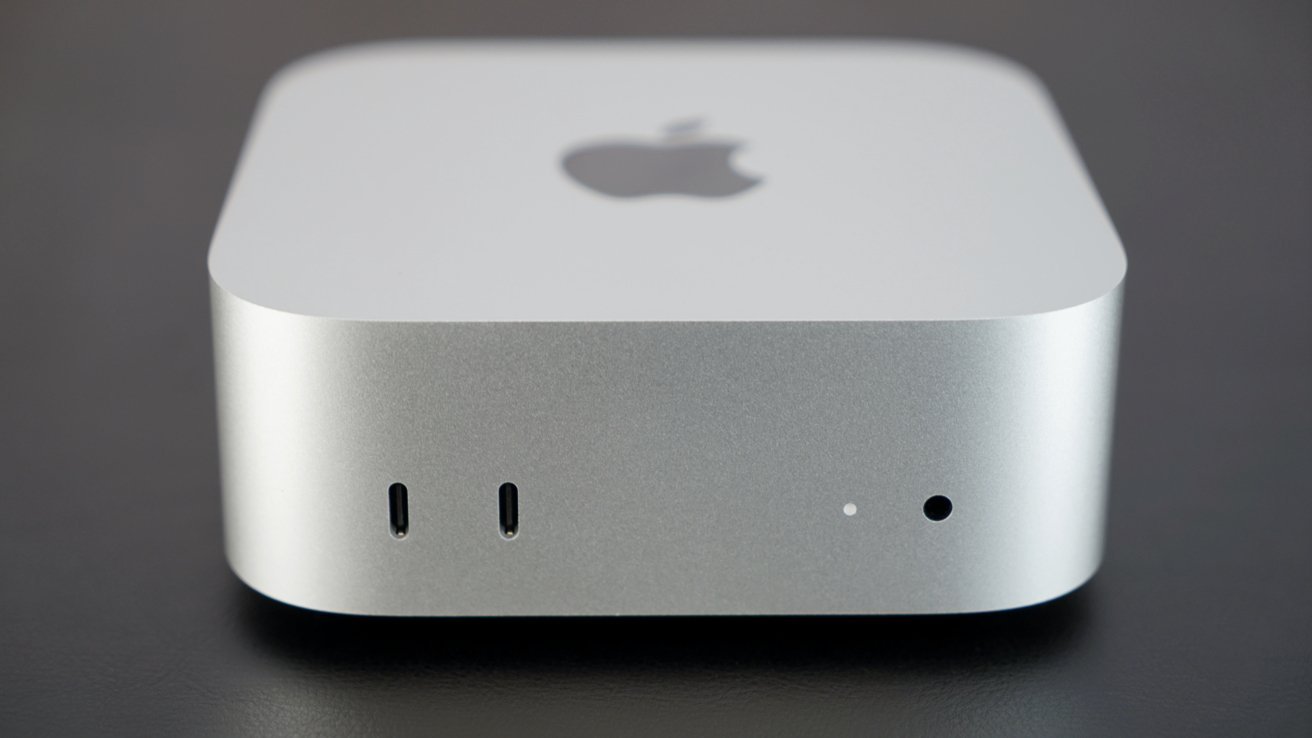












![Google Play Store not showing Android system app updates [U]](https://i0.wp.com/9to5google.com/wp-content/uploads/sites/4/2021/08/google-play-store-material-you.jpeg?resize=1200%2C628&quality=82&strip=all&ssl=1)















